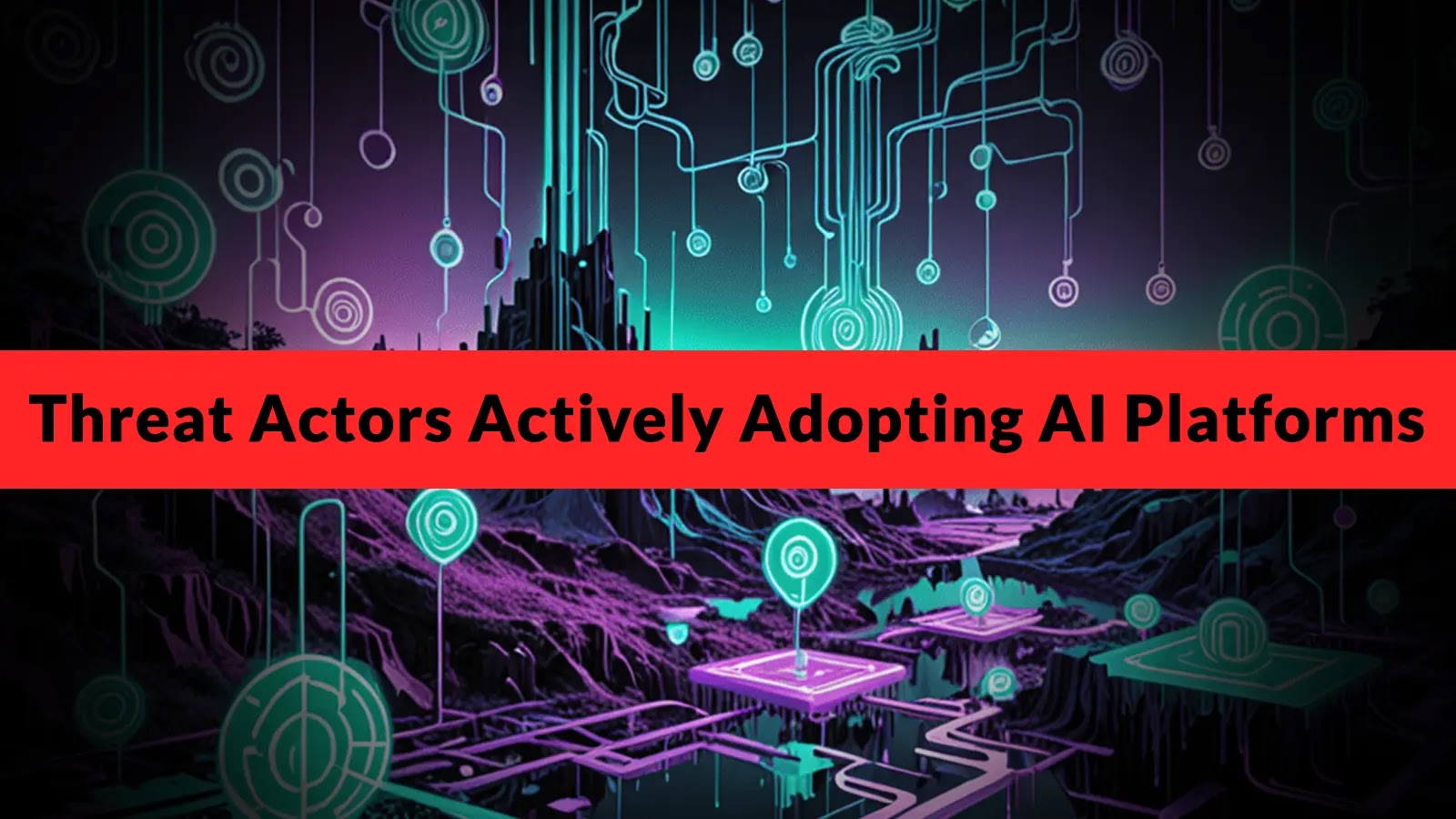
New Report Warns of Threat Actors Actively Adopting AI Platforms to Attack Manufacturing Companies
The manufacturing sector, often a cornerstone of national economies, finds itself increasingly targeted by sophisticated cyberattacks. A recent warning from Netskope Threat Labs casts a stark light on this escalating threat landscape, revealing a disturbing trend: threat actors are actively leveraging advanced AI platforms and cloud-based services to breach industrial organizations. This strategic shift demands immediate attention and robust defensive postures from every entity within the manufacturing supply chain.
The AI-Powered Assault on Manufacturing
Netskope’s comprehensive analysis underscores a critical paradigm shift in adversary tactics. Cybercriminals are no longer relying solely on traditional methods. Instead, they are integrating cutting-edge artificial intelligence into their attack frameworks, significantly enhancing their capabilities. This allows for more precise targeting, evasion of conventional defenses, and the automation of malicious activities at an unprecedented scale.
The report highlights a concerning statistic: approximately 22 out of every 10,000 manufacturing users encounter malicious content monthly. This isn’t random noise; it signifies a concentrated effort to compromise industrial operations. These targeted campaigns are meticulously crafted to exploit vulnerabilities inherent in complex manufacturing environments, from operational technology (OT) systems to interconnected enterprise networks.
Cloud Platforms: A New Frontier for Threat Actors
Alongside AI adoption, the widespread use of cloud platforms by manufacturing companies presents a lucrative attack surface. While cloud services offer undeniable benefits in terms of scalability and efficiency, their misconfiguration or inadequate security can become a significant Achilles’ heel. Threat actors are exploiting these weaknesses, using cloud infrastructure to host malicious payloads, orchestrate command-and-control operations, and exfiltrate sensitive intellectual property or operational data. The allure of readily available, powerful cloud computing resources for malicious purposes is proving irresistible to these adversaries.
Why Manufacturing is a Prime Target
The manufacturing sector offers several attractive qualities for cybercriminals:
- High-Value Intellectual Property: Designs, blueprints, proprietary processes, and R&D data are invaluable assets that can be sold on black markets or used for industrial espionage.
- Operational Disruption: Disrupting production lines through ransomware or wiper attacks can cause massive financial losses and reputational damage, making manufacturers susceptible to extortion.
- Supply Chain Interdependencies: Compromising one link in a complex manufacturing supply chain can have cascading effects, impacting numerous other organizations.
- OT/IT Convergence: The increasing integration of operational technology (OT) with information technology (IT) systems creates new attack vectors that legacy defenses may not adequately address.
Remediation Actions and Proactive Defense
Addressing this evolving threat requires a multi-faceted and proactive approach from manufacturing organizations. Simply reacting to incidents is no longer sufficient; a robust defensive posture is paramount.
- Implement Zero Trust Principles: Assume breach and verify every access request, regardless of origin. This minimizes the impact of compromised credentials or devices.
- Enhanced Cloud Security Posture Management (CSPM): Continuously monitor and audit cloud environments for misconfigurations, vulnerabilities, and unauthorized access. Automated tools can significantly aid in maintaining a secure cloud footprint.
- AI-Powered Security Solutions: Leverage AI and machine learning in defensive technologies to detect anomalous behavior, identify novel attack patterns, and automate threat response. This fights fire with fire, using AI to counter AI-driven threats.
- Employee Training and Awareness: Phishing remains a primary initial access vector. Regular, targeted training can significantly reduce the success rate of social engineering attacks. Emphasize recognizing AI-generated phishing attempts.
- Strong Access Controls and Multi-Factor Authentication (MFA): Enforce least privilege access and deploy MFA universally to prevent unauthorized access to critical systems and data, even if passwords are compromised.
- Regular Vulnerability Management: Conduct frequent vulnerability assessments and penetration testing across IT and OT environments. Patch and remediate identified weaknesses promptly. For instance, addressing publicly disclosed vulnerabilities like CVE-2023-XXXXX (Note: Replace XXXXX with a relevant CVE for a manufacturing-related vulnerability if available, otherwise consider it a placeholder for demonstration) before they are exploited is crucial.
- Incident Response Plan (IRP): Develop and regularly test a comprehensive incident response plan tailored to manufacturing operations, ensuring swift containment and recovery from cyber incidents.
- Network Segmentation: Isolate critical OT networks from IT networks to limit lateral movement in the event of a breach. Implement micro-segmentation within networks to control traffic flow and prevent an attacker from easily moving through the environment.
The Path Forward: Resilience in the Face of Evolving Threats
The convergence of AI and cloud platforms is undeniably shaping the next generation of cyber threats. For the manufacturing sector, this means a continuous adaptation of security strategies. Organizations must invest in sophisticated defensive technologies, foster a culture of cybersecurity awareness, and build resilient systems capable of withstanding these increasingly complex attacks. Proactive defense, continuous monitoring, and a deep understanding of the evolving threat landscape are no longer optional – they are foundational to survival in this new era of cyber warfare.





